Back in Tokyo there’s a shop called “Iseya” that sells the most delicious inari sushi. Extremely popular with the locals, their inari sushi is affectionately known as “Iseya’s Oinari-san.”
In Japanese, we actually pronounce it “inari-zushi” (yes, with a “z”), but it’s also known as “oinari-san.” The flavour is so rich and sweet yet perfectly balanced.
I’ve been experimenting with recreating these Iseya-style inari sushi here in Melbourne, and I think I’ve nailed it. So, I’d love to share the recipe with you all!
By the way, inari sushi originally comes from a tradition tied to Inari shrines in Japan. According to legend, foxes, the messengers of the god Inari (the god of prosperity and harvest), love abura-age (fried bean curd).
The dish evolved when people started stuffing rice into the abura-age as an offering to Inari, and so the name “oinari-san” stuck. It may also have become cherished as a symbol of a good harvest because it resembles the shape of traditional rice bales.
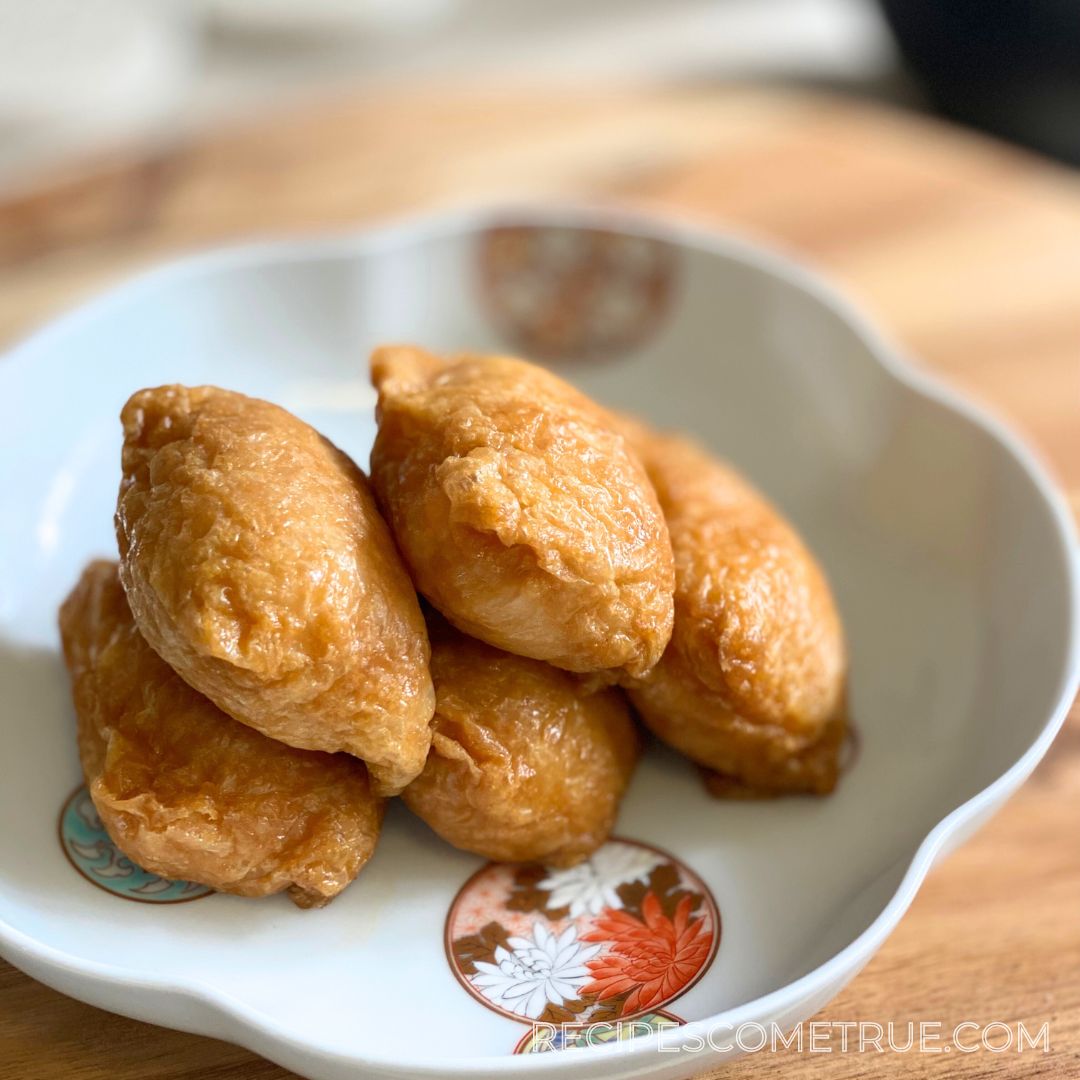
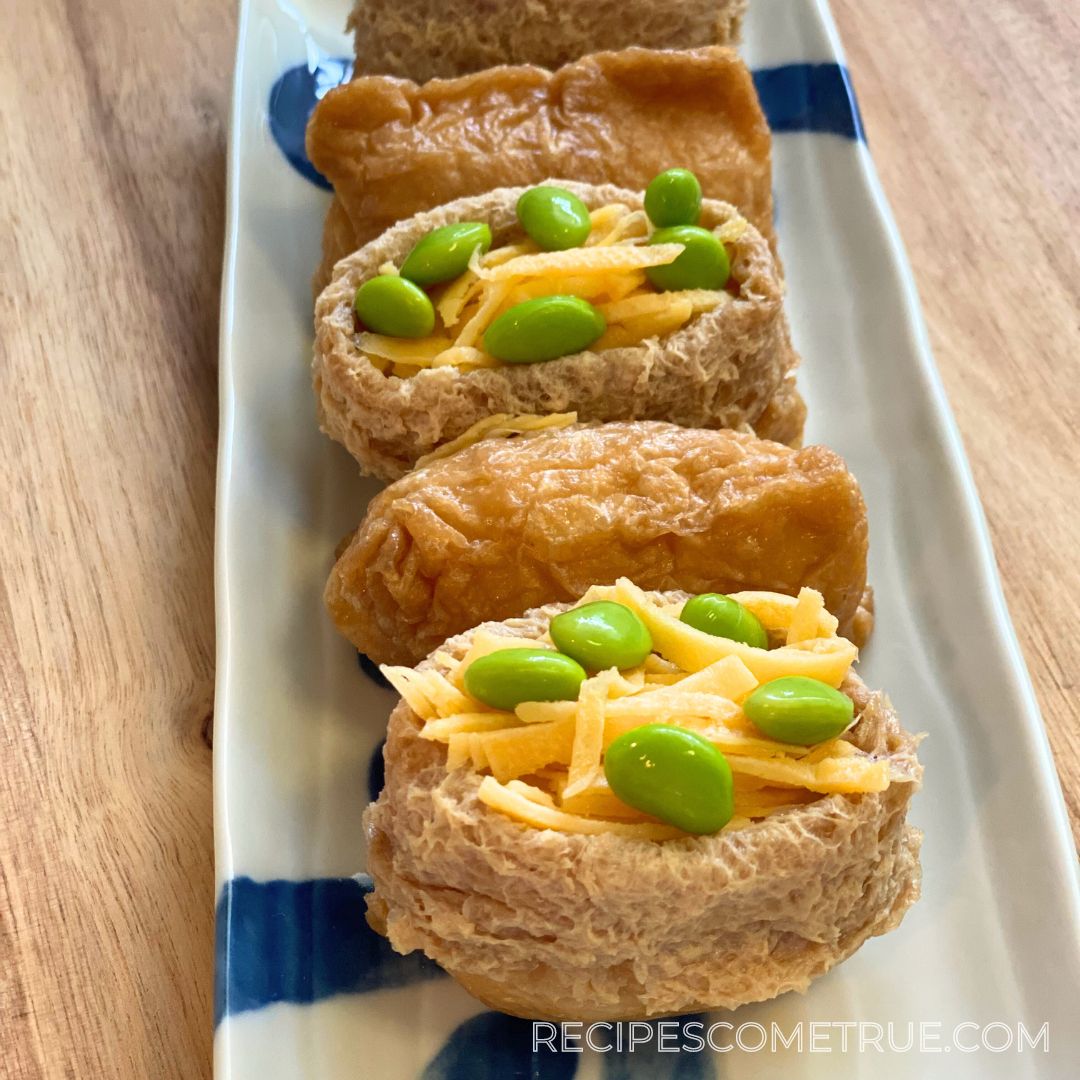
The key to this recipe is using rock sugar instead of regular sugar for a richer flavour. You can find abura-age (fried bean curd), rock sugar and hondashi (powdered bonito stock) at Asian grocery stores. But don’t worry, if you can’t find rock sugar, regular sugar works just as well.
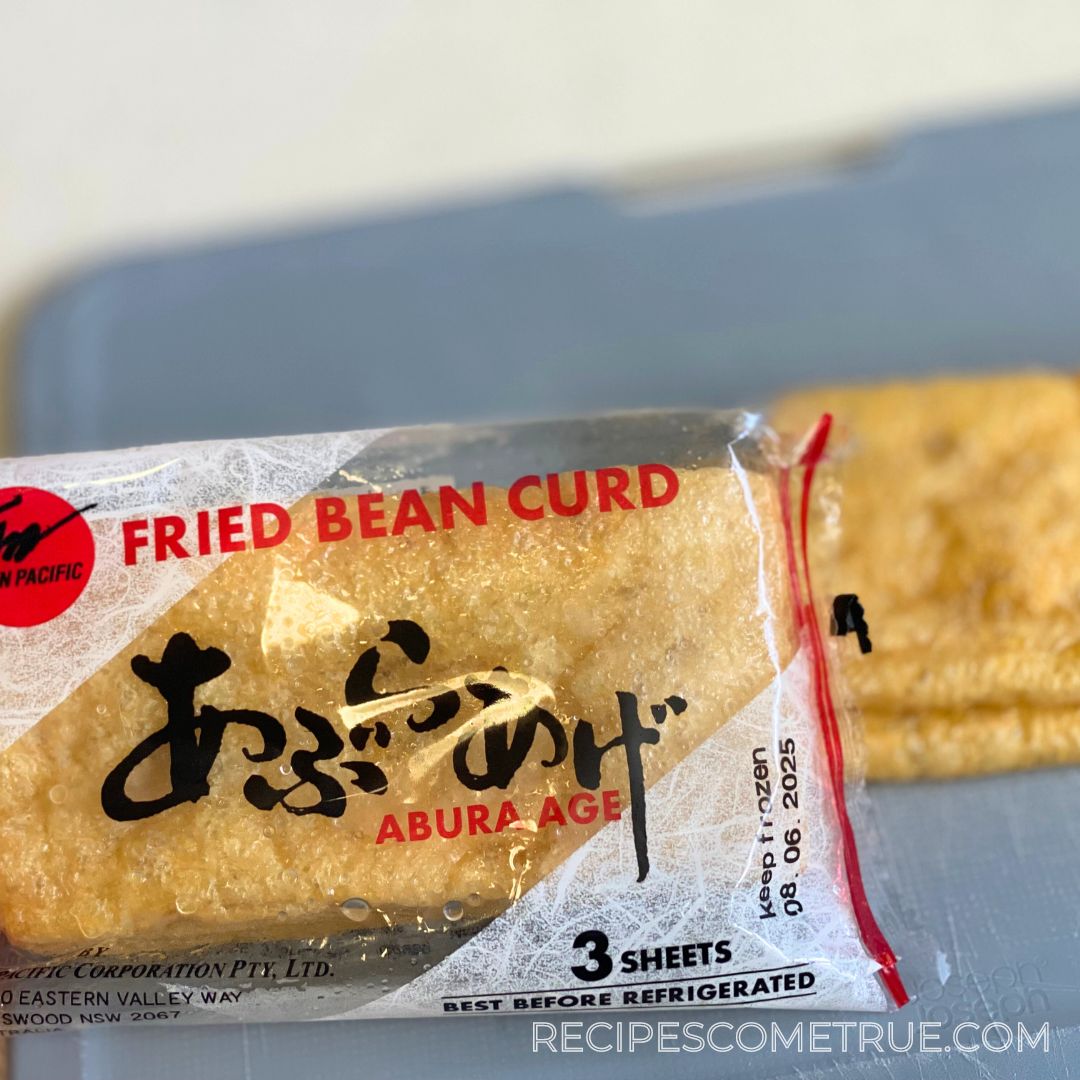
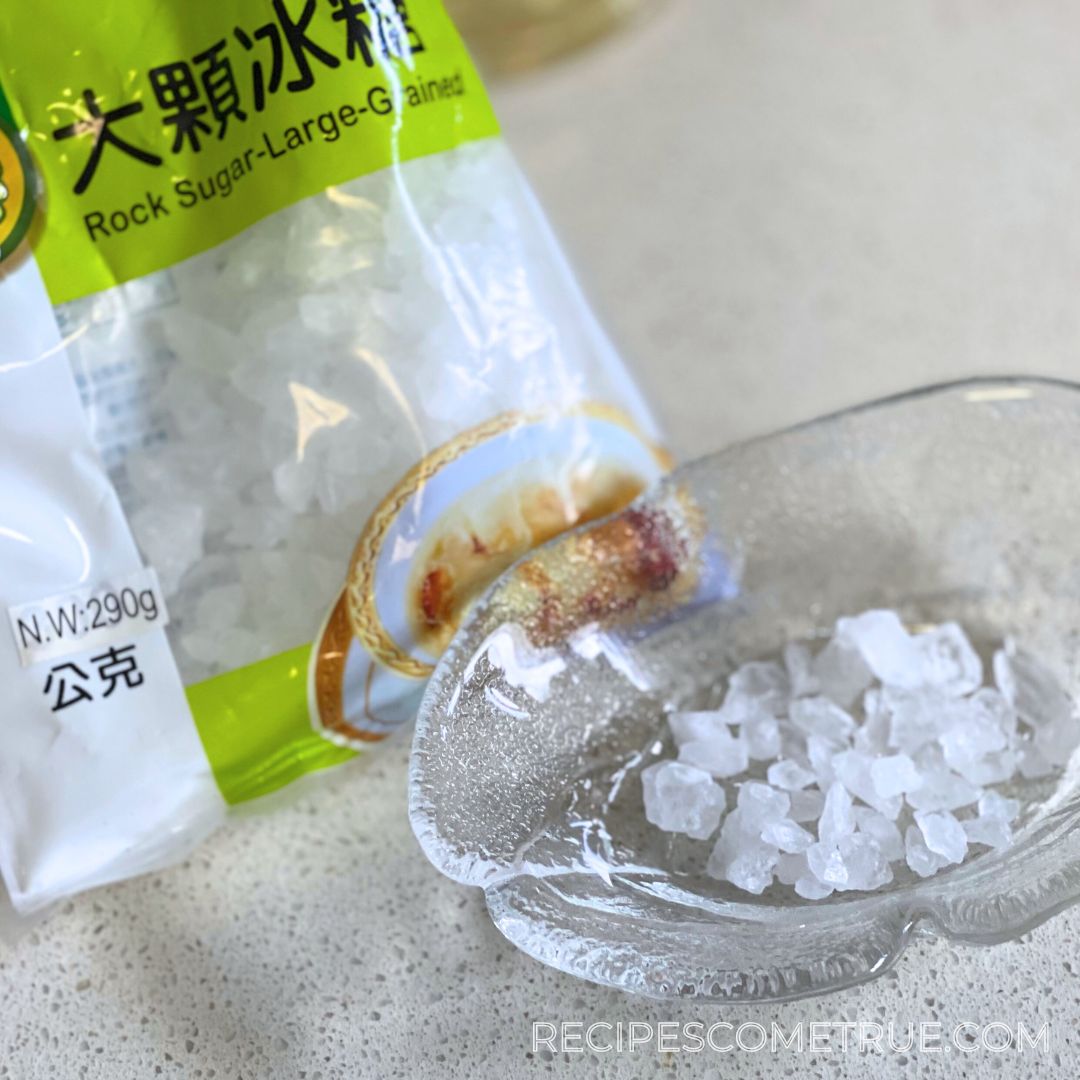
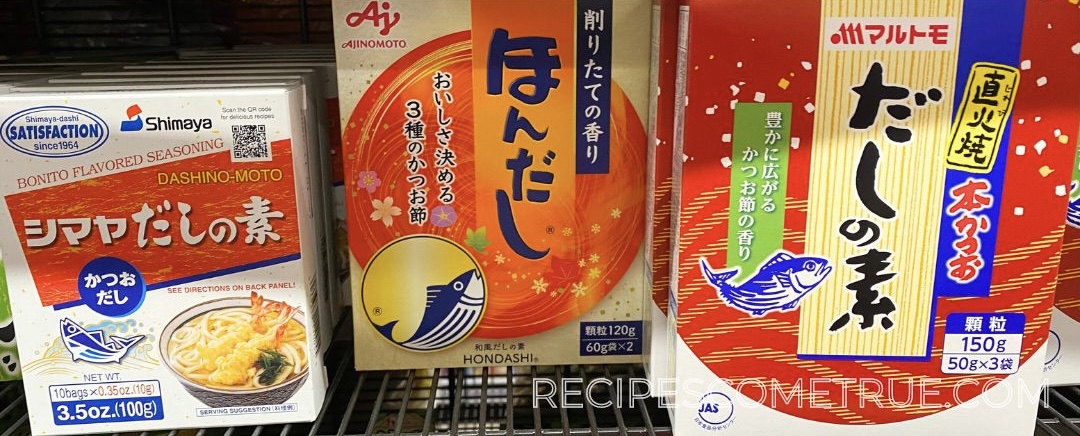
Many inari sushi recipes call for blanching the abura-age in boiling water to remove the excess oil. Personally, I don’t think you have to go through the trouble of removing the oil from the abura-age (fried bean curd) – it’s tasty either way. Without removing the oil, the inari sushi has a richer flavour; if you do remove it, it’s a bit lighter, and a more refreshing, healthier option.
Regardless of whether you remove the oil or not, inari sushi is also perfect for bento boxes.
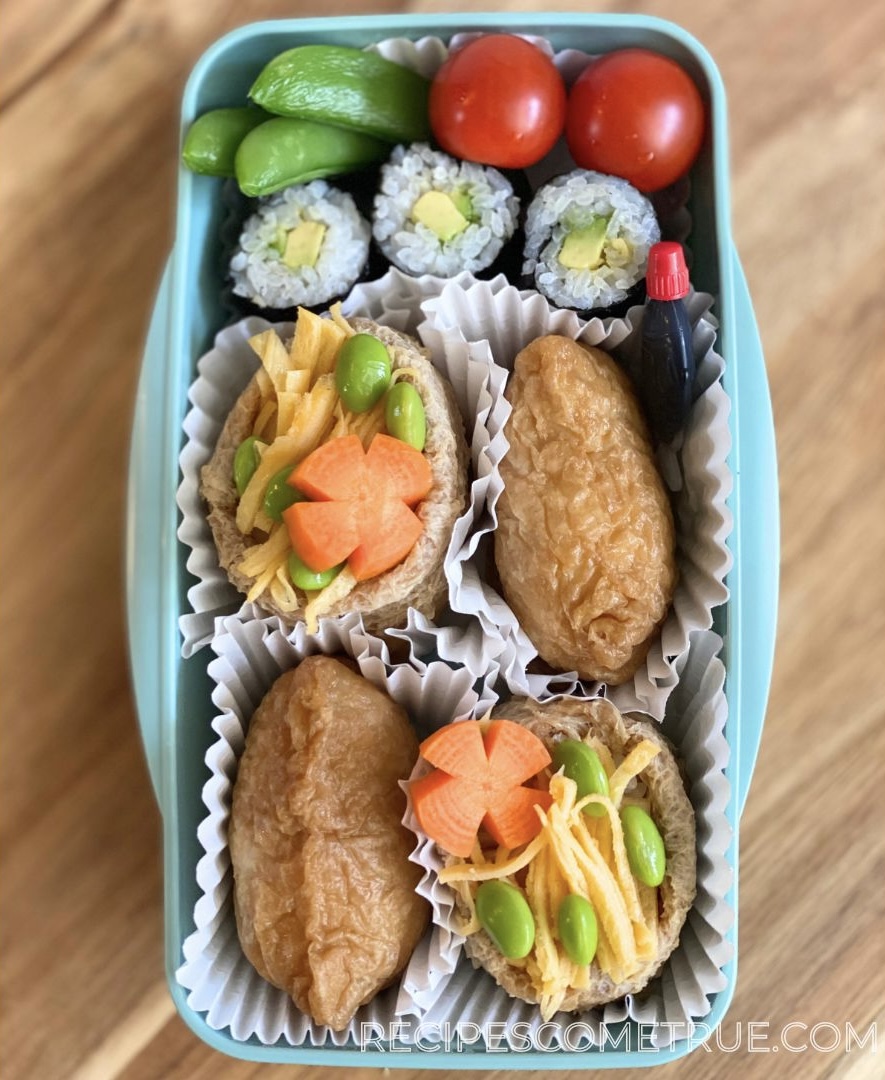
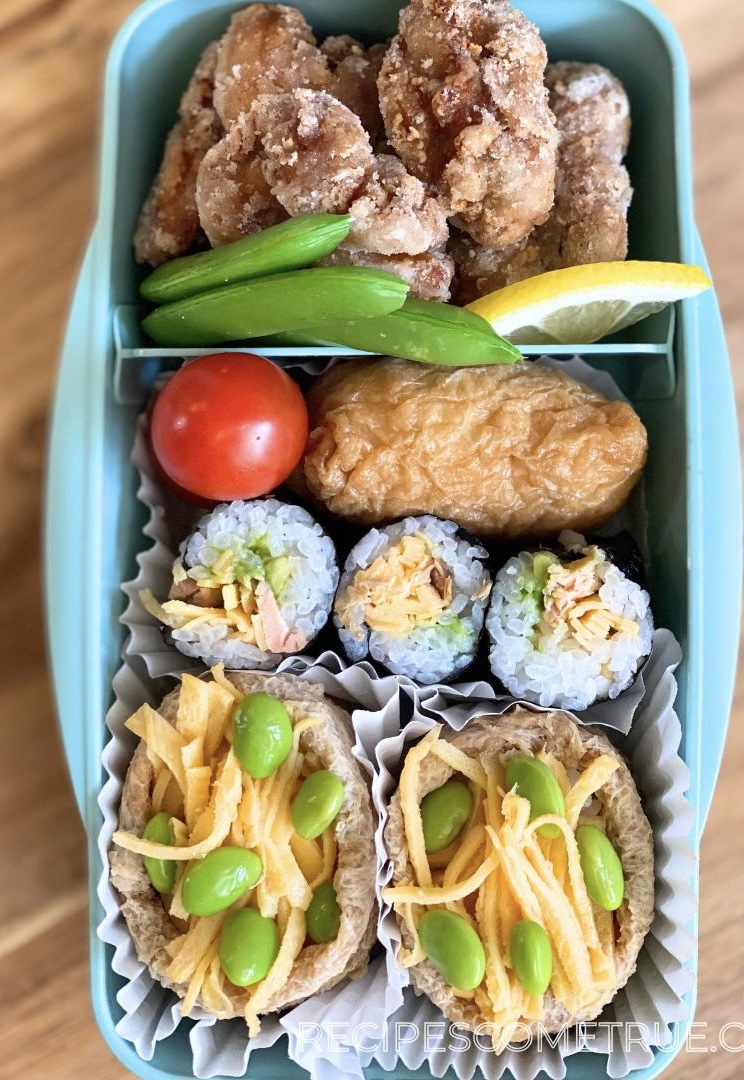
For the sushi rice recipe, click the link below!
Did you make this recipe?
Please let me know how it turned out for you! Leave a comment below and tag @recipescometrue on Instagram and hashtag it #recipescometrue.

Inari Sushi
Ingredients
Sushi Rice
- Sushi rice (two rice cups equivalent to a total of 360ml) The recipe for sushi rice is here.
Abura-age (Japanese fried bean curd)
- 6 sheets abura-age (Japanese fried bean curd)
- 2 tbsp soy sauce tbsp=15ml
- 2 tbsp mirin tbsp=15ml
- 4 tsp sake
- 30 g rock sugar (or 2 tbsp regular sugar)
- 1 tsp powdered bonito stock (hondashi)
- 200 ml water
Topping (optional)
- 2 eggs
- 1 tsp sugar
- 1 pinch of salt
- 1 tsp vegetable oil
- edamame
Instructions
- Prepare 2 rice cups of sushi rice (click here for the recipe).Tip: Cooking at least 2 rice cups of rice usually gives the best results.

- Cut the abura-age in half.

- Lay the cut abura-age in a frying pan and pour boiling water over it, enough to fully cover it. Tip: This step is optional for removing the oil of the abura-age. If you are not wanting to remove the oil, skip this step and go straight to step 5.

- Boil for about 3 minutes. Drain the abura-age in a colander, and squeeze out the excess water. This step ensures the abura-age absorbs the flavour properly.Tip: This step is optional for removing the oil of the abura-age.

- In the same frying pan, add 30g of rock sugar (or 2 tbsp of sugar), 2 tbsp soy sauce, 2 tbsp mirin, 4 tsp sake, 1 tsp powdered bonito stock, and 200ml of water.

- Turn the heat to high and place the abura-age in the pan, ensuring it’s evenly spread out.

- Flip the abura-age frequently so it absorbs the seasoning well. Simmer until the liquid is mostly gone (about 10 minutes).

- Once the liquid is mostly absorbed, lower the heat and cook off the remaining moisture, being careful not to let it burn.

- When the abura-age is nicely seasoned and the frying pan is almost dry, remove it from the pan and let it cool.

- Once the abura-age has cooled, open up each piece and stuff it with sushi rice, then fold the edges closed.

- And that’s it! Enjoy your inari sushi! And don’t forget, any leftover rice can be used to make sushi rolls. 🙂

- Kinshi Tamago Topping (Optional):Crack 2 eggs into a bowl, add 1 tsp of sugar and a pinch of salt, and mix well.

- Strain the mixture through a fine sieve to get a smooth, even yellow egg mixture.

- Heat 1 tsp of vegetable oil in a small non-stick frying pan. Pour in 1/4 of the egg mixture and spread it thinly. Flip once and lightly cook both sides, then transfer it to a cutting board.

- Repeat this process 4 times. Stack the 4 thin omelettes, slice them into thin strips, and you have your kinshi tamago.

- Edamame Topping (Optional) Boil frozen edamame according to the instructions on the pack, drain them in a colander, and sprinkle with salt.

- Top them off and enjoy!


















